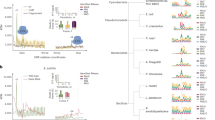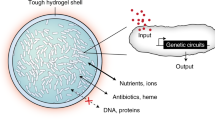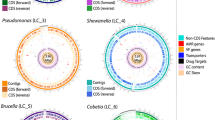Abstract
Harmful cyanobacterial blooms (HCBs) in natural waters are a growing environmental problem worldwide because microcystins (MCs) produced by cyanobacteria are potent hepatotoxins and tumor promoters. MCs are resistant against physical and chemical factors. Thus, biodegradation is the most efficient method for removing MCs, and a number of bacterial strains, especially genus Sphingomonas, have been isolated for biodegrading MCs. Although the pathway, enzyme, and gene for biodegrading MCs by Sphingomonas sp. have been widely identified recently, no gene concerned with the biodegradation of MCs has been successfully cloned and expressed. In this study, we show that the first and most important gene of mlrA, containing 1,008 bp nucleotides in length, in the biodegradation pathway of MCs by Sphingopyxis sp. USTB-05, which encodes an enzyme MlrA containing 336 amino acid residues, is firstly cloned and expressed in E. coli DH5&x03B1;, with a cloning vector of pGEM-T easy and an expression vector of pGEX-4T-1. The encoded and expressed enzyme MlrA is responsible for cleaving the target peptide bond between 3-amino-9-methoxy-2,6,8-trimethyl-10-phenyl-deca-4,6-dienoic acid (Adda) and Arg in the cyclic structure of microcystin-RR &xFF08;MC-RR&xFF09;and microcystin-LR&xFF08;MC-LR), two typical and toxic types of MCs. Linear MC-RR and MC-LR are produced as the first products. These findings are important in constructing a new genetic bacterial strain for the efficient removal of MCs from the important water supplies and resolving the controversy on the biodegradation pathway of different types of MCs by genus Sphingomonas.
Similar content being viewed by others
Article PDF
Author information
Authors and Affiliations
Corresponding author
Rights and permissions
About this article
Cite this article
Yan, H., Wang, J., Chen, J. et al. Cloning and expression of first gene for biodegrading microcystins by Sphingopyxis sp. USTB-05. Nat Prec (2010). https://doi.org/10.1038/npre.2010.4846.1
Received:
Accepted:
Published:
DOI: https://doi.org/10.1038/npre.2010.4846.1



